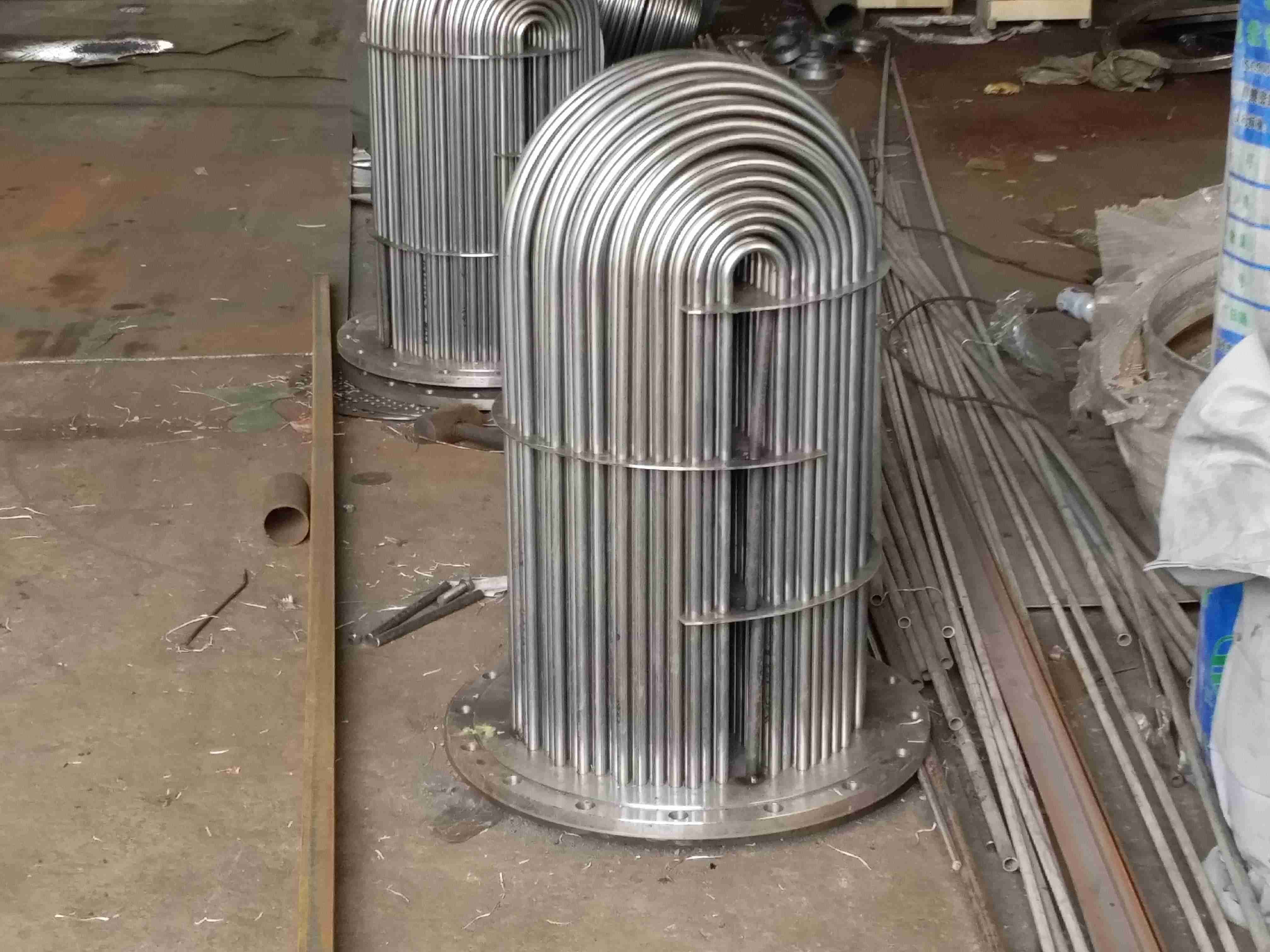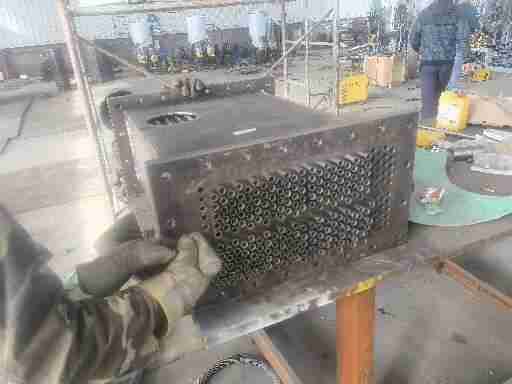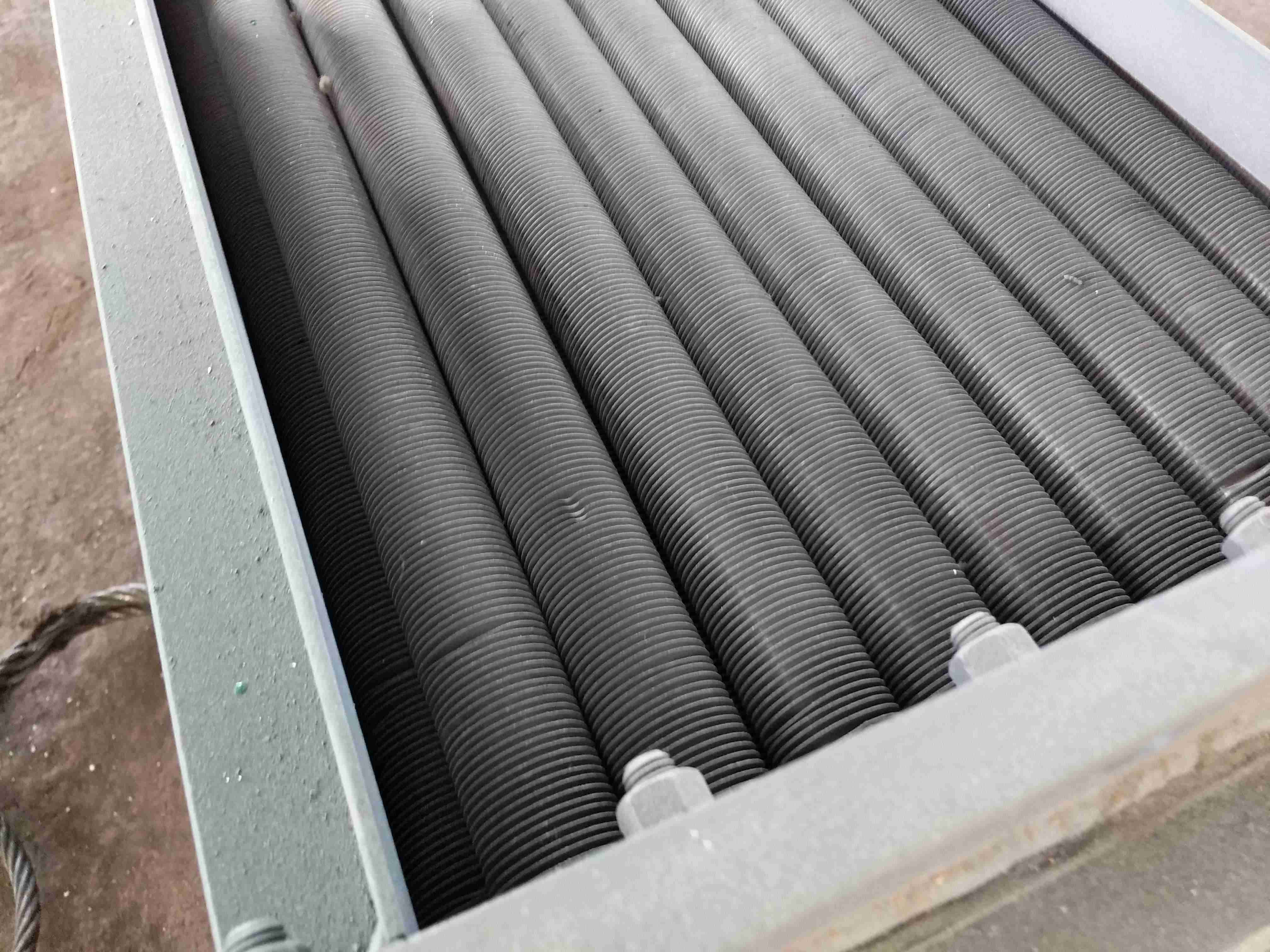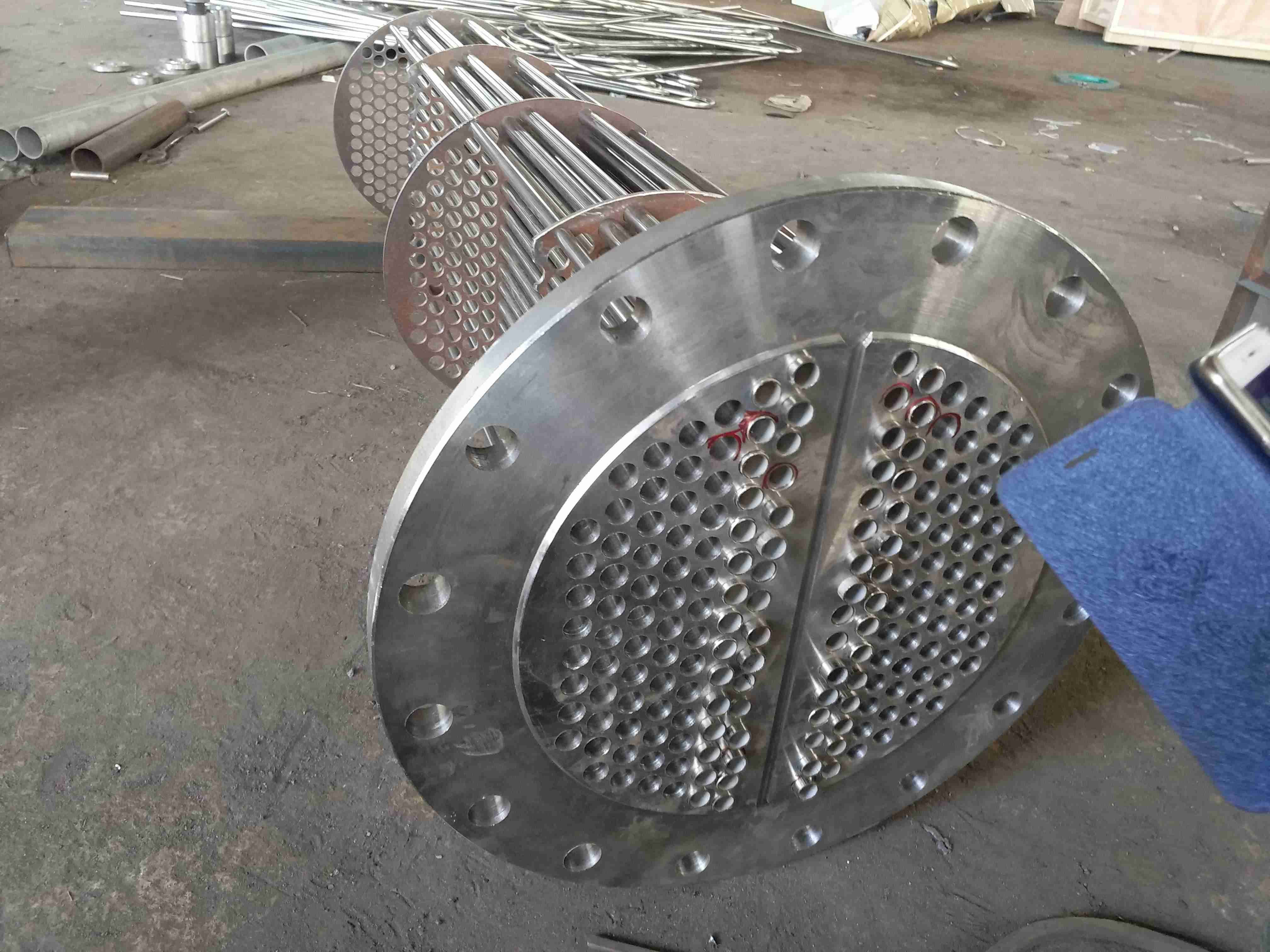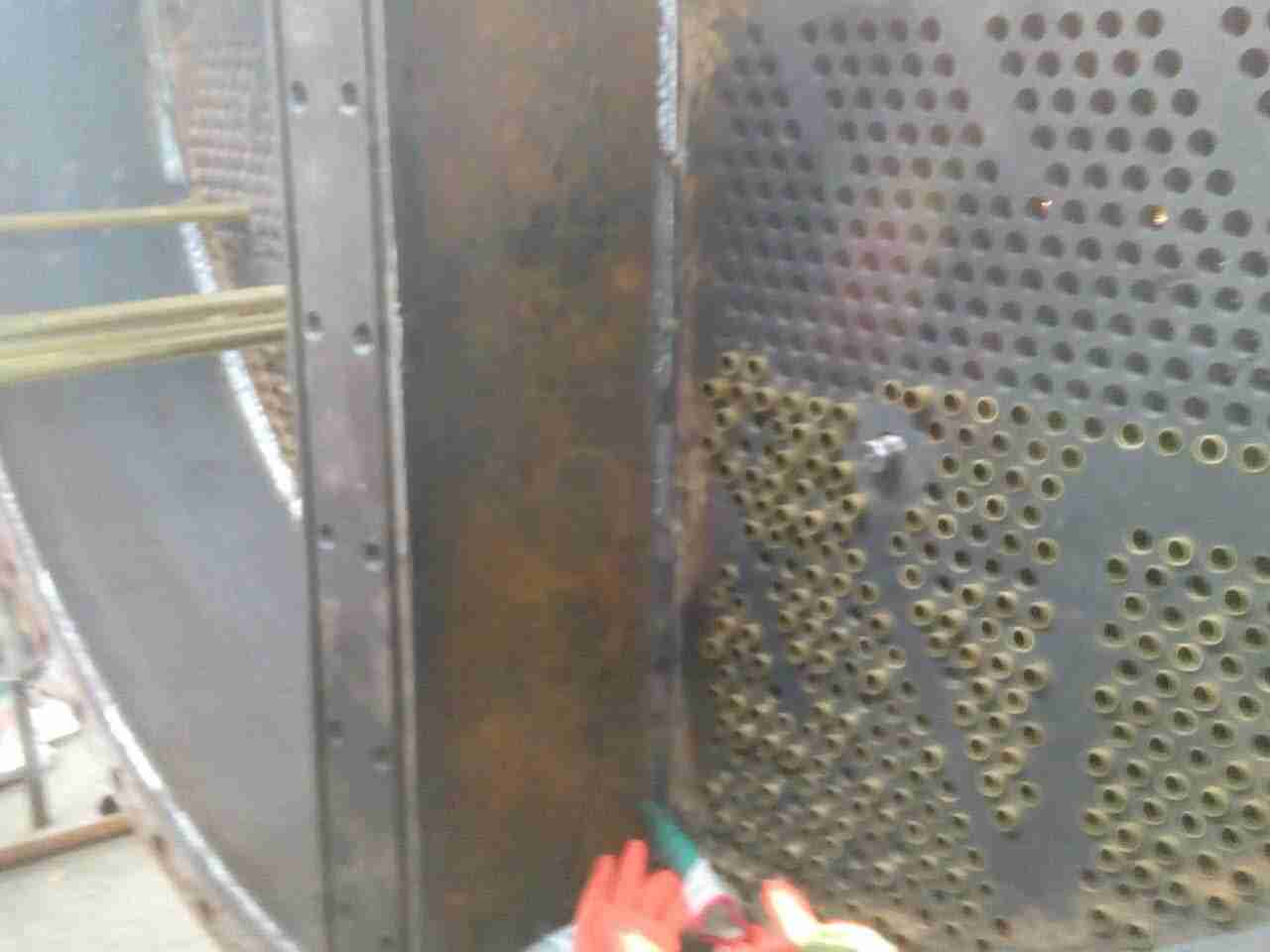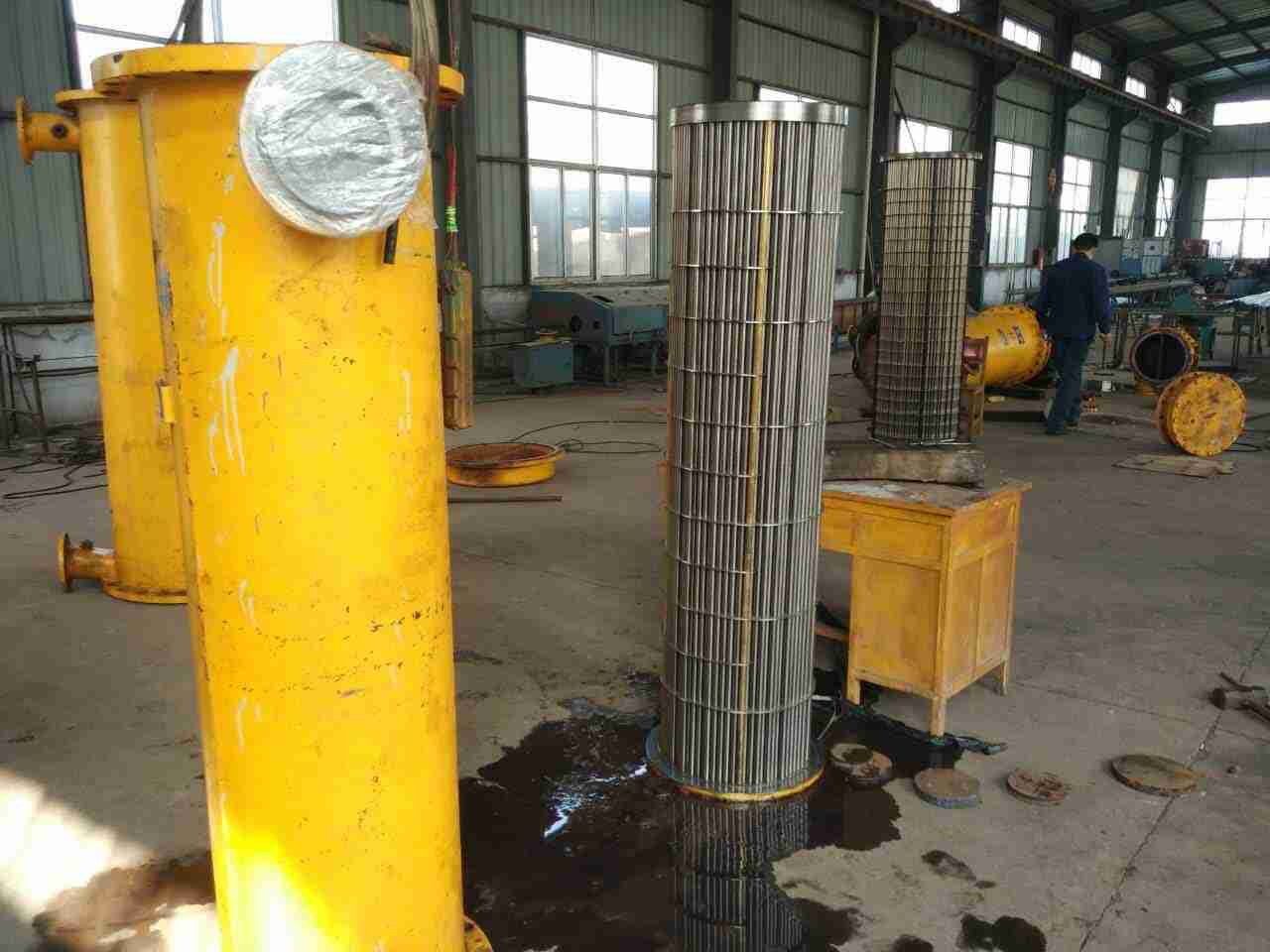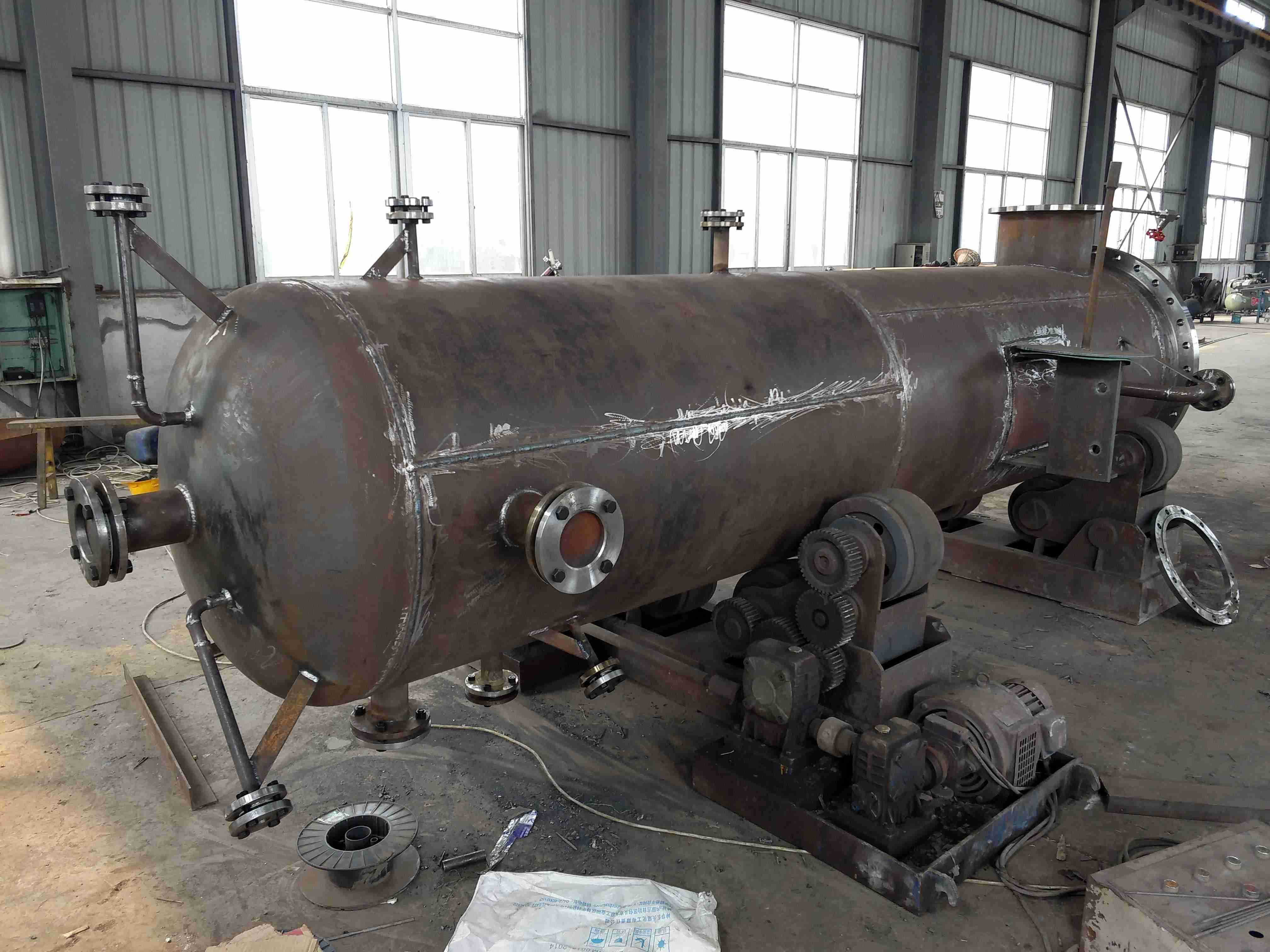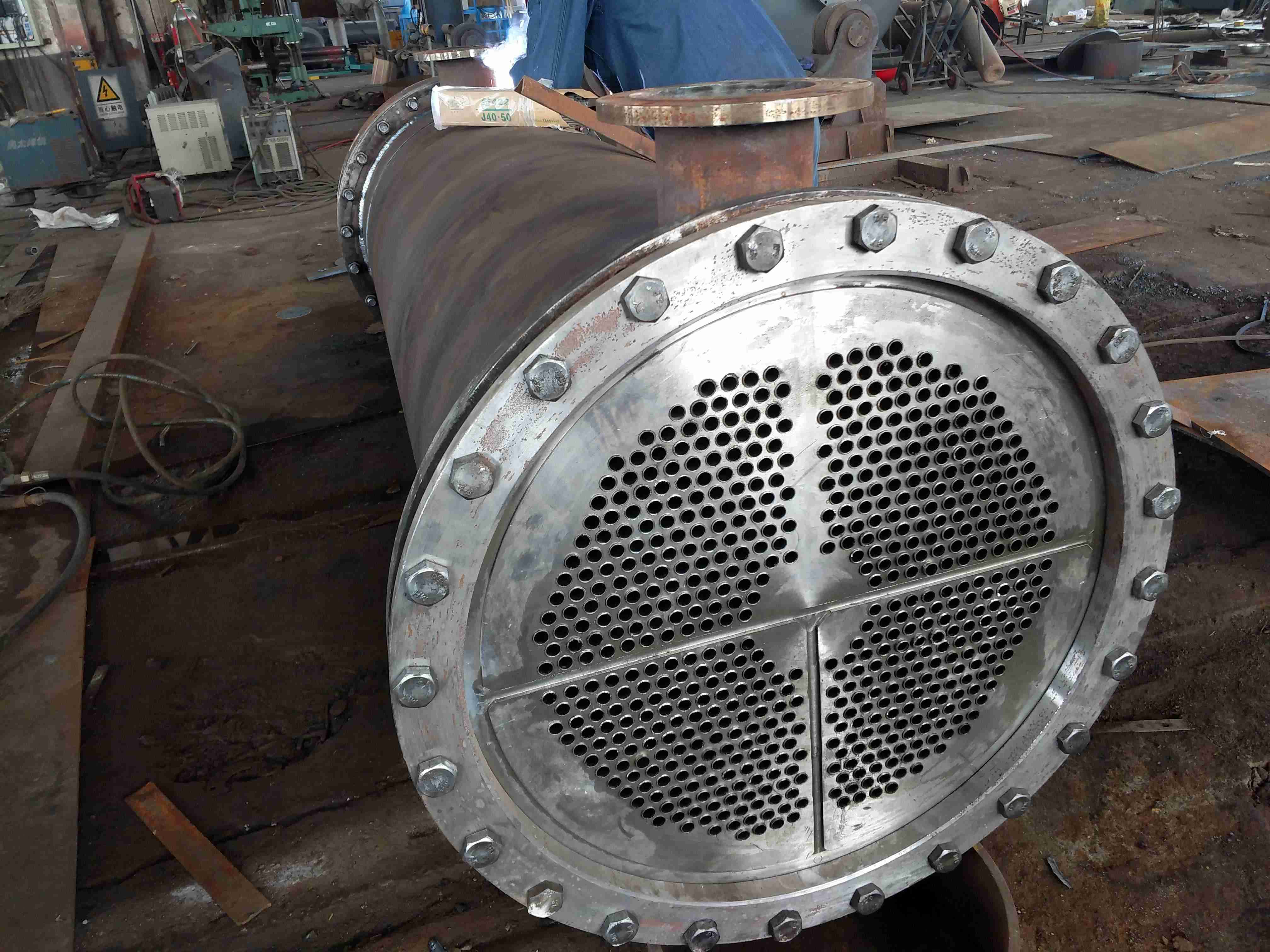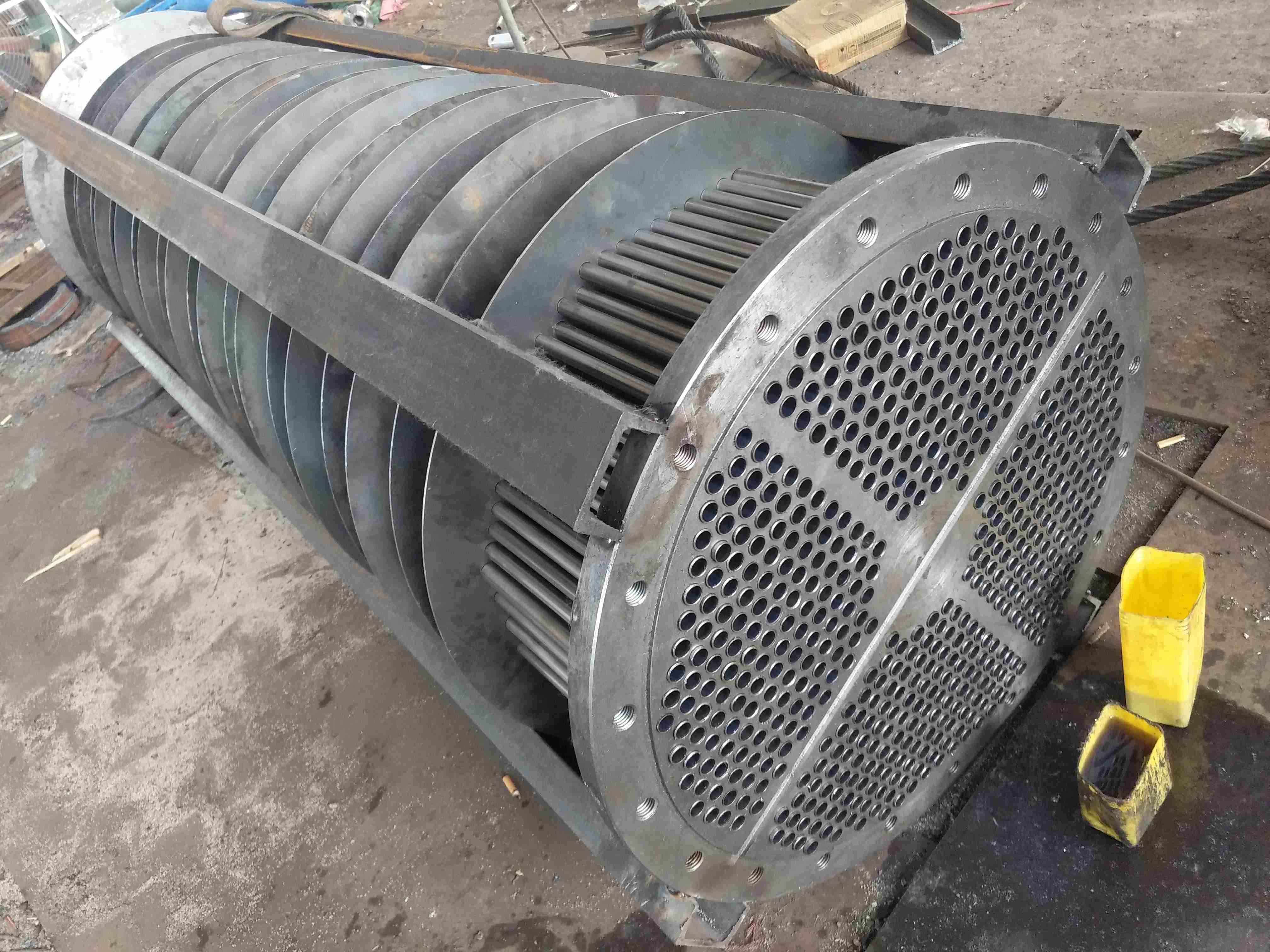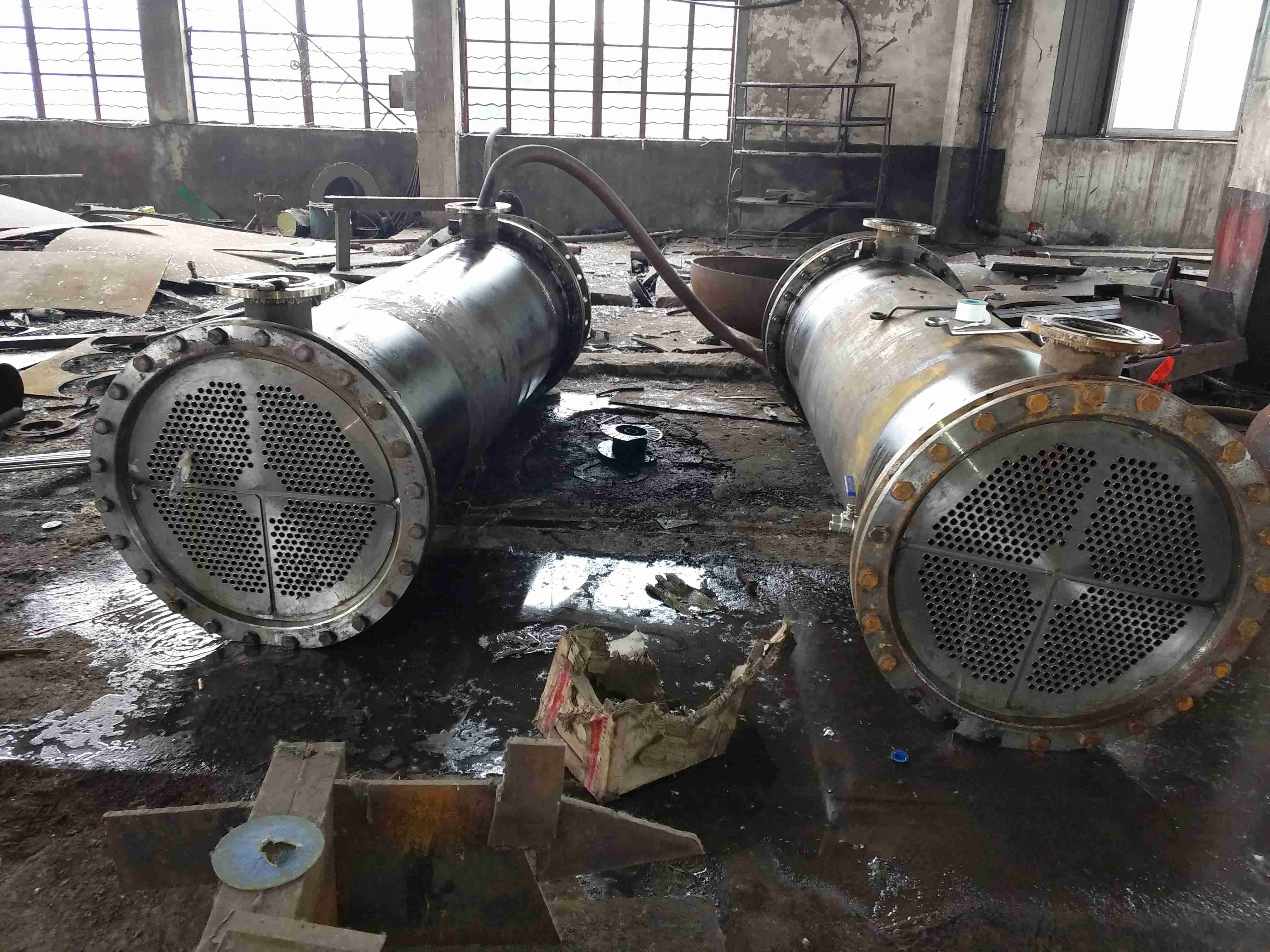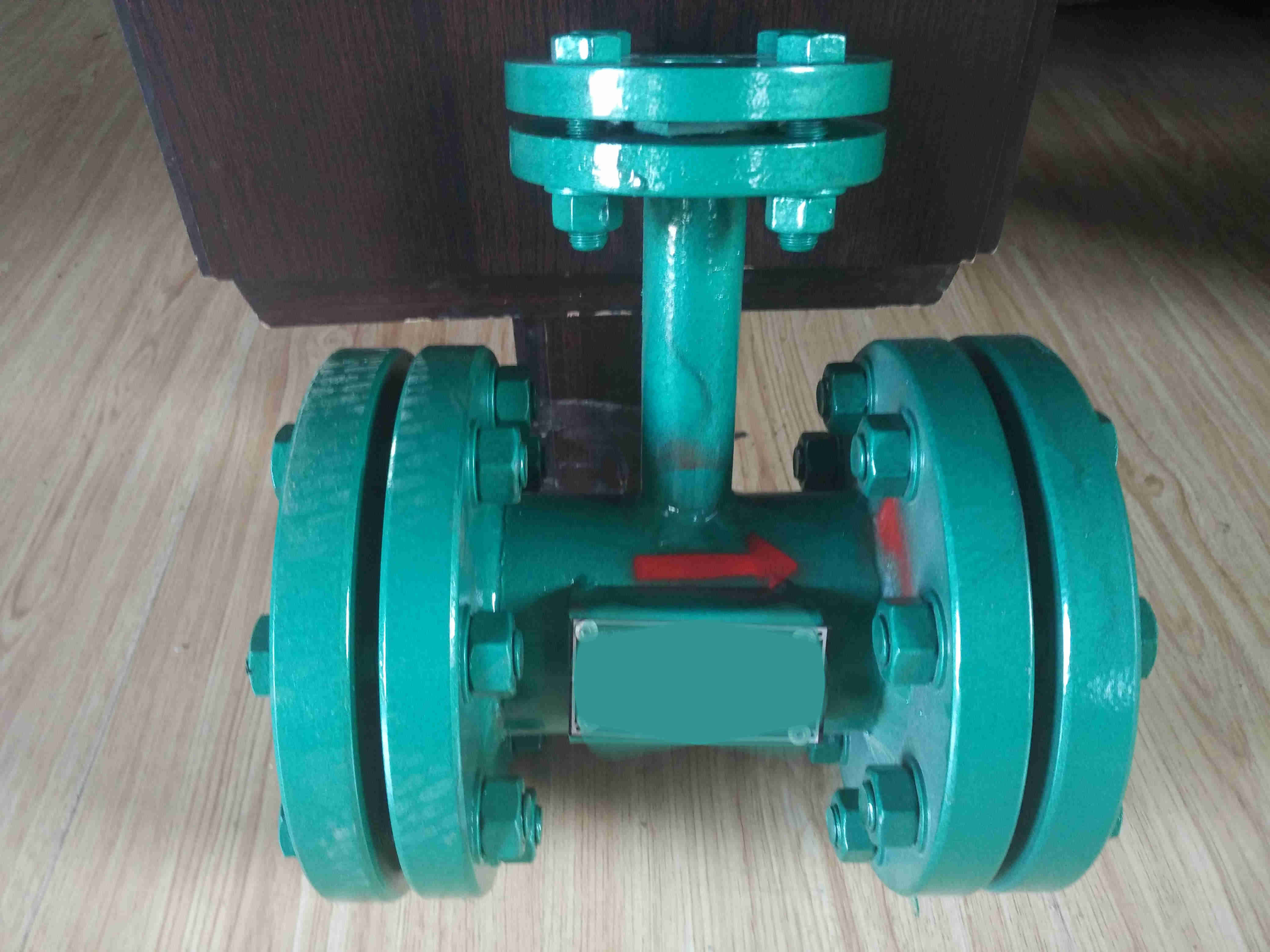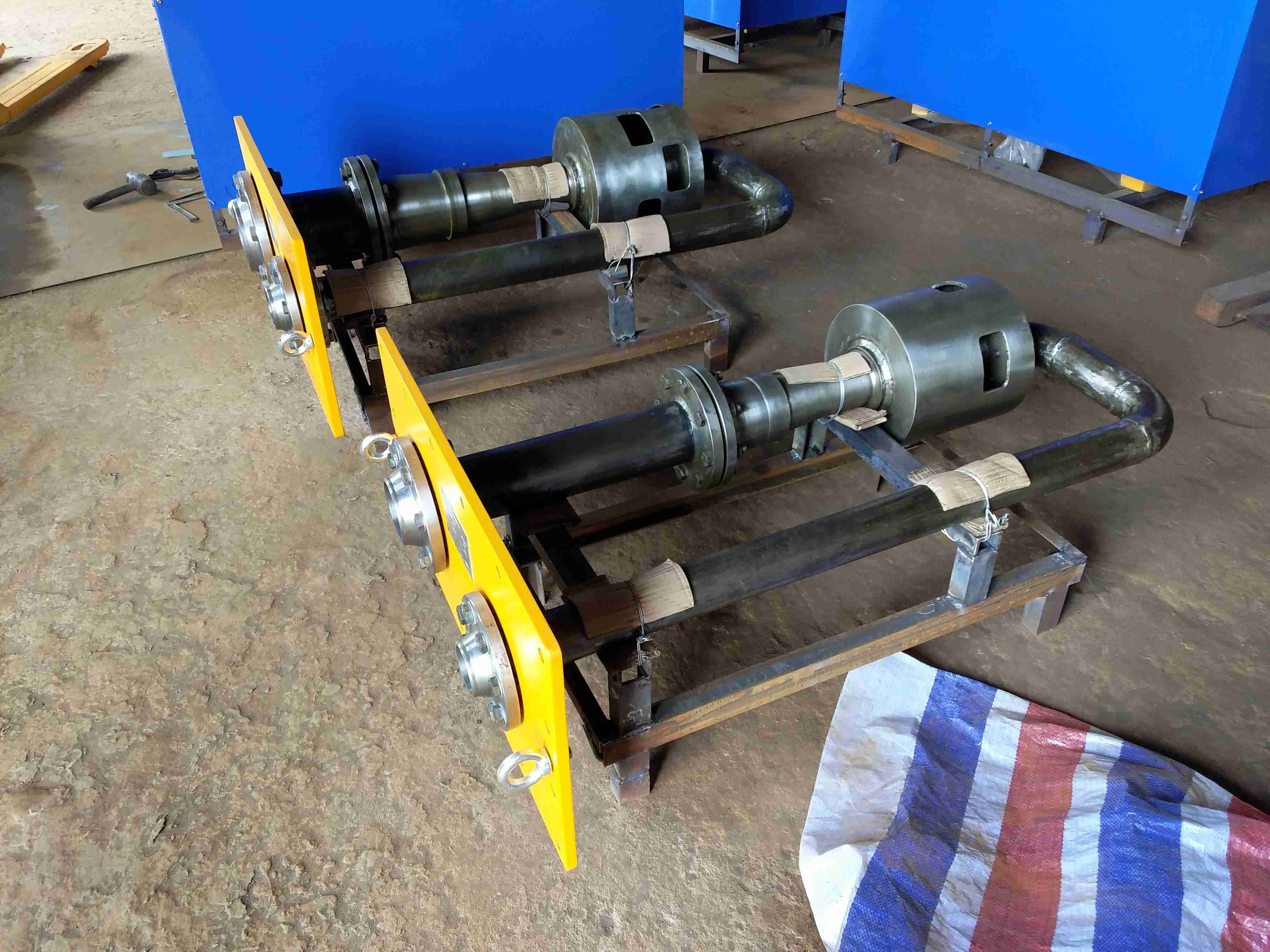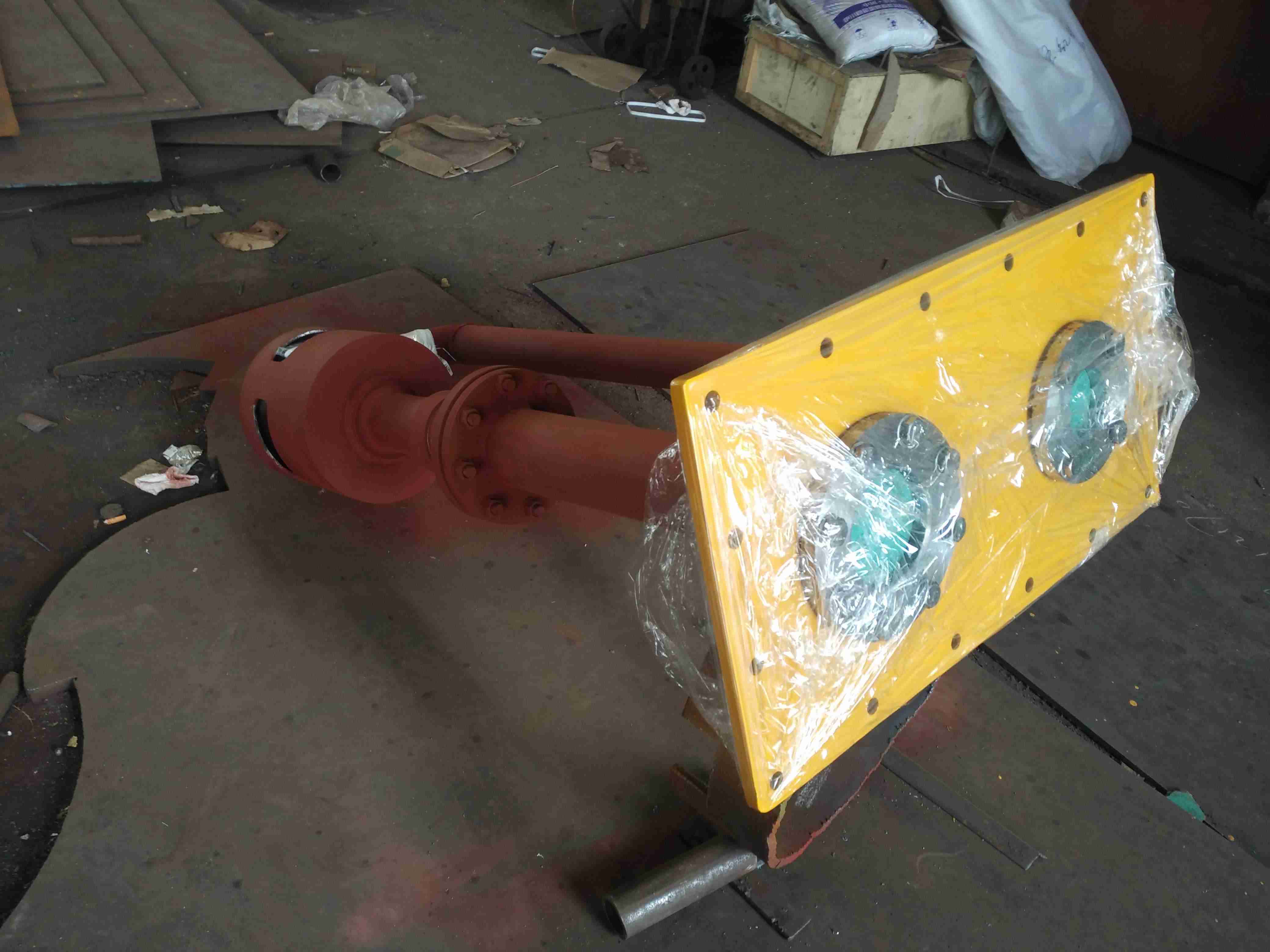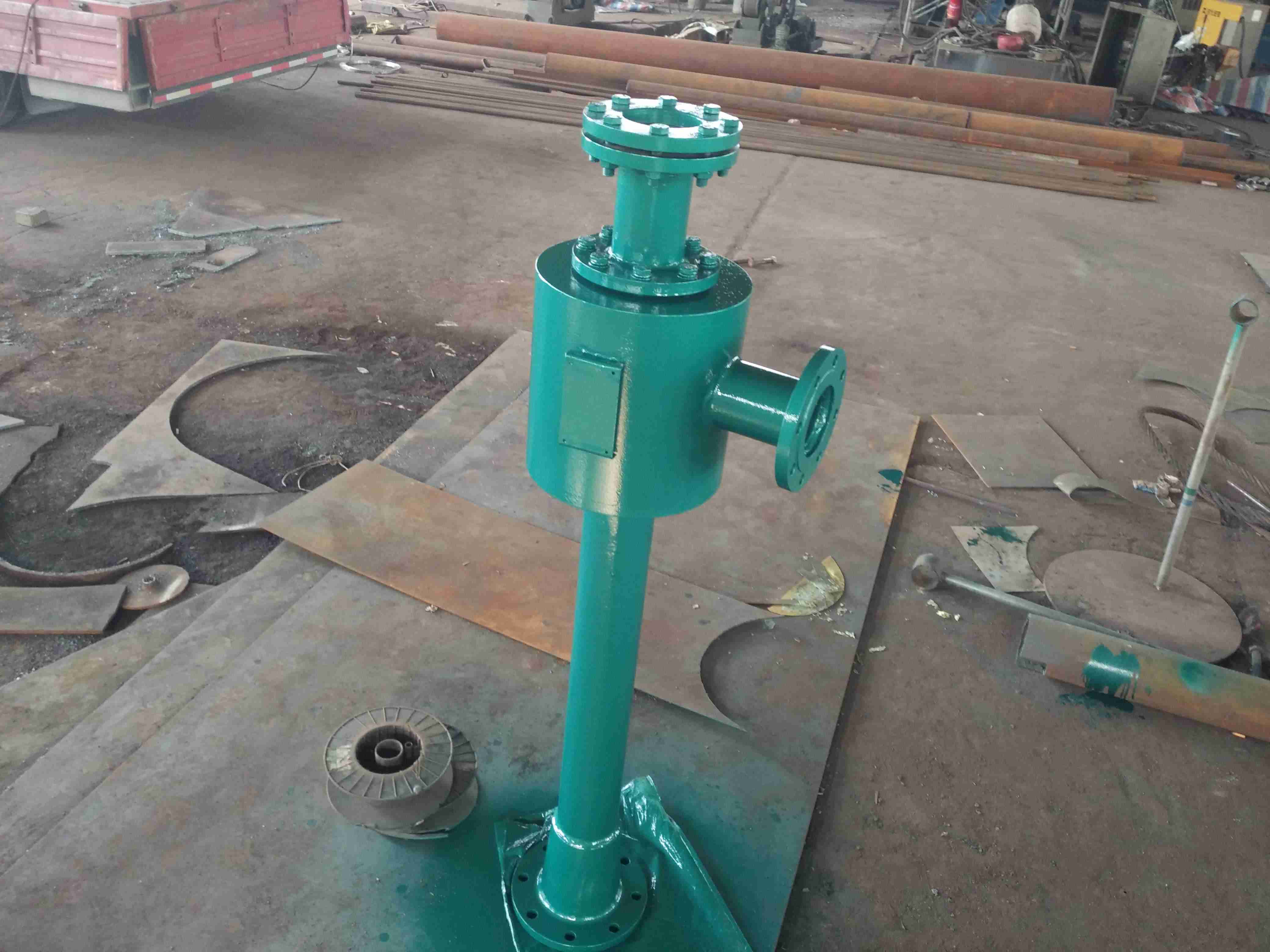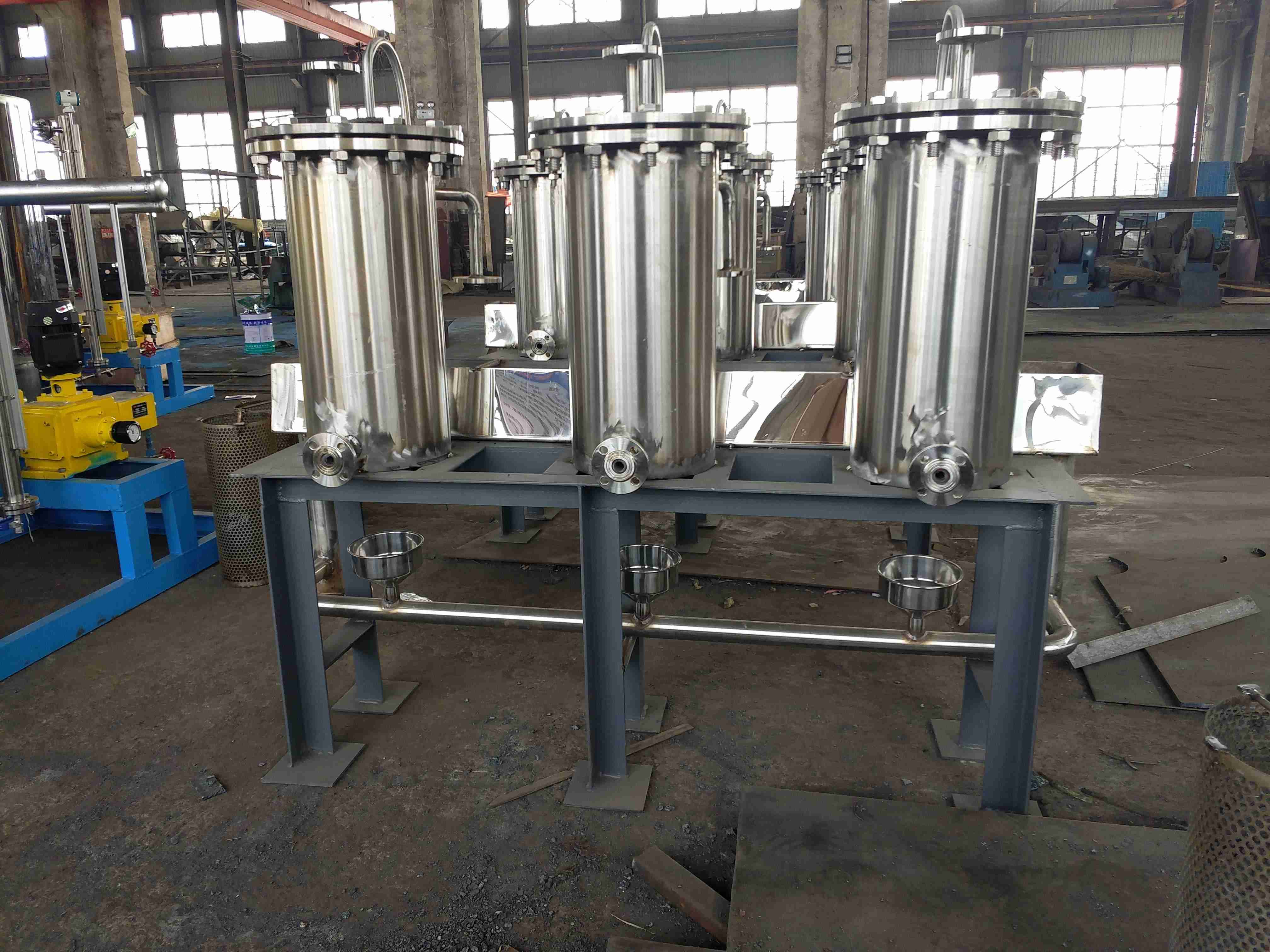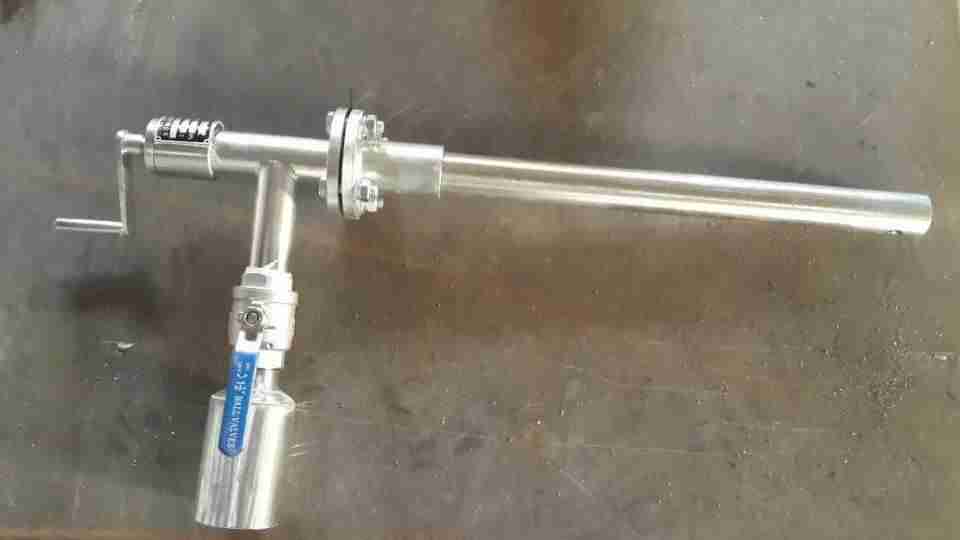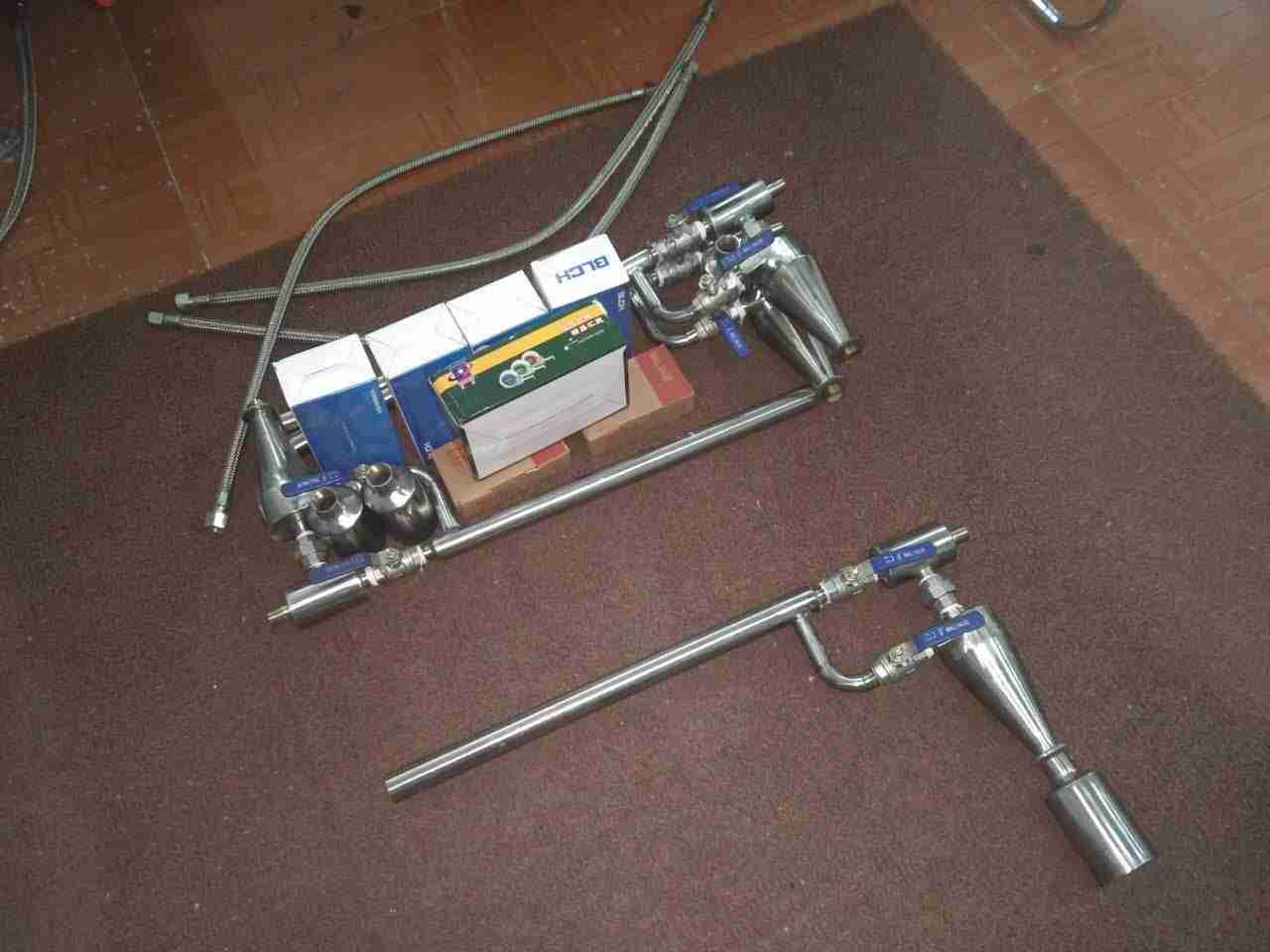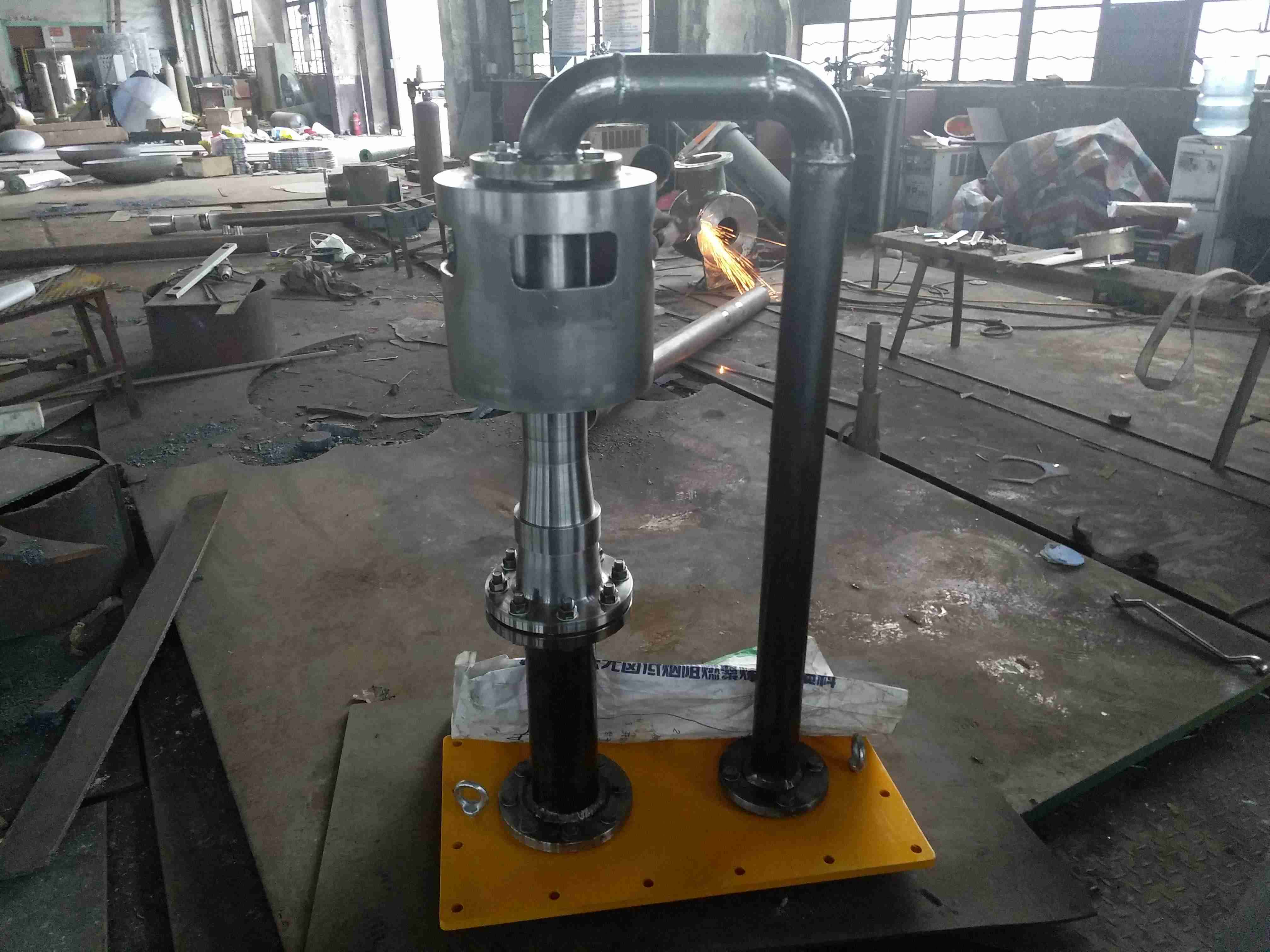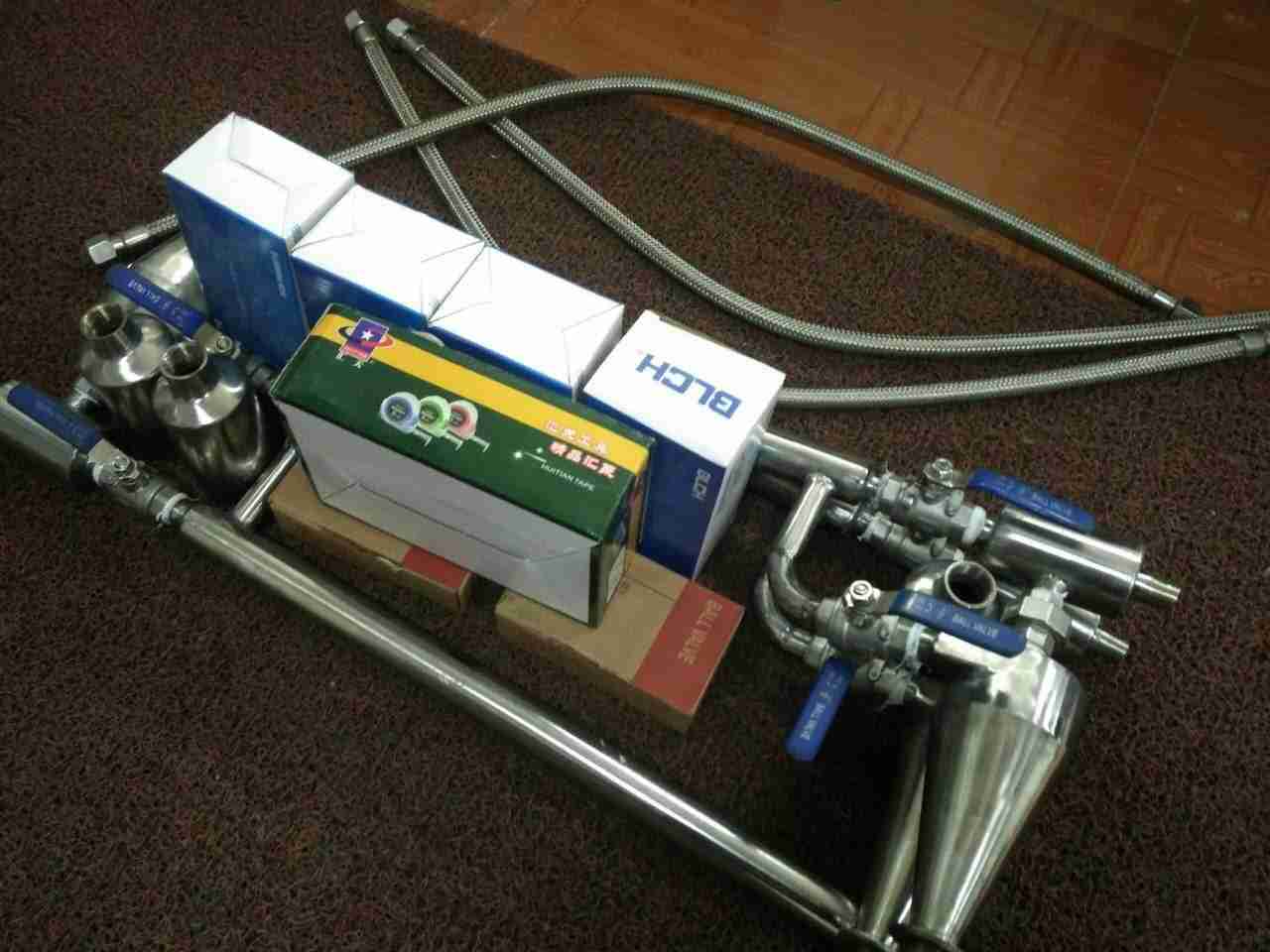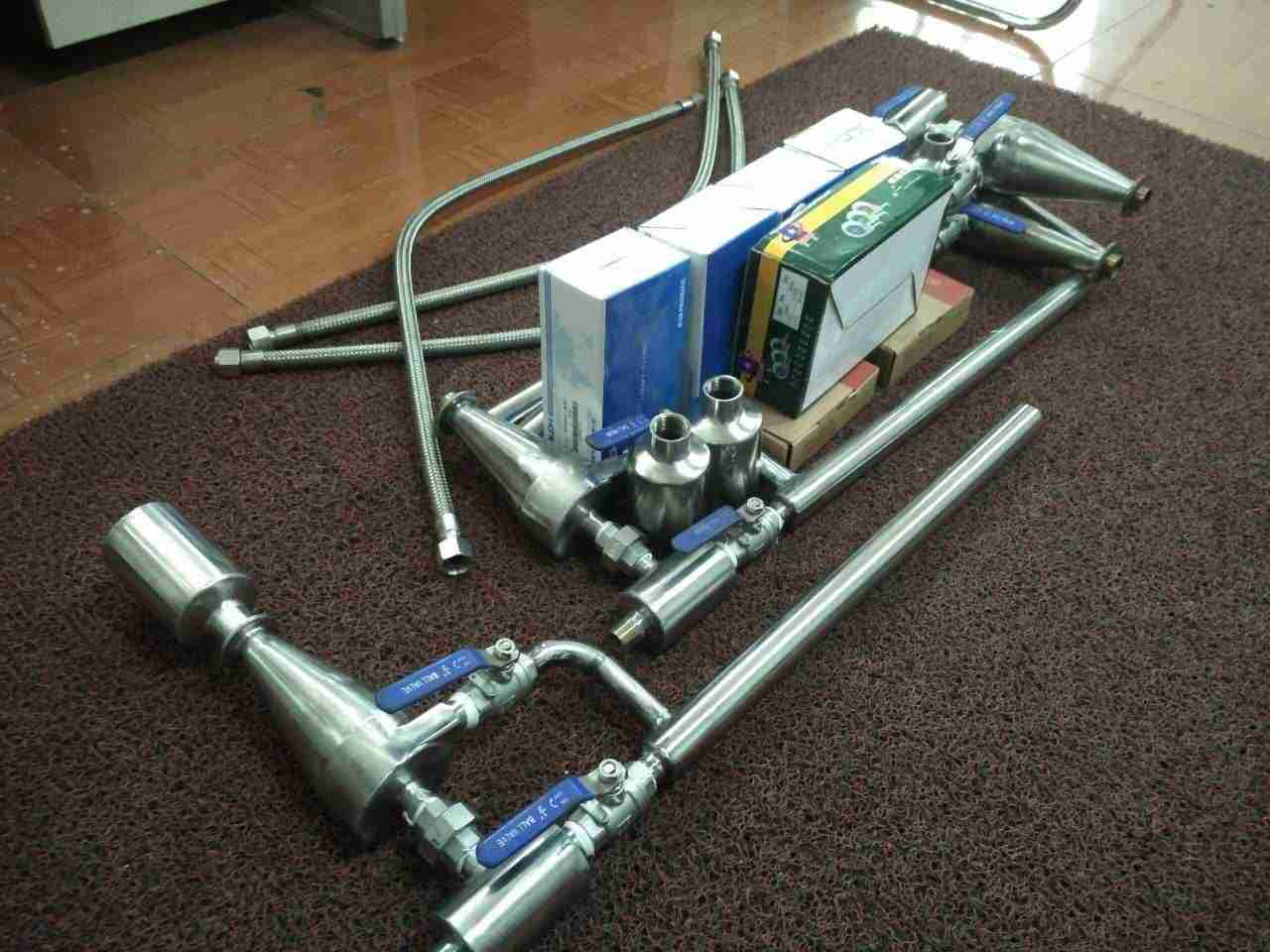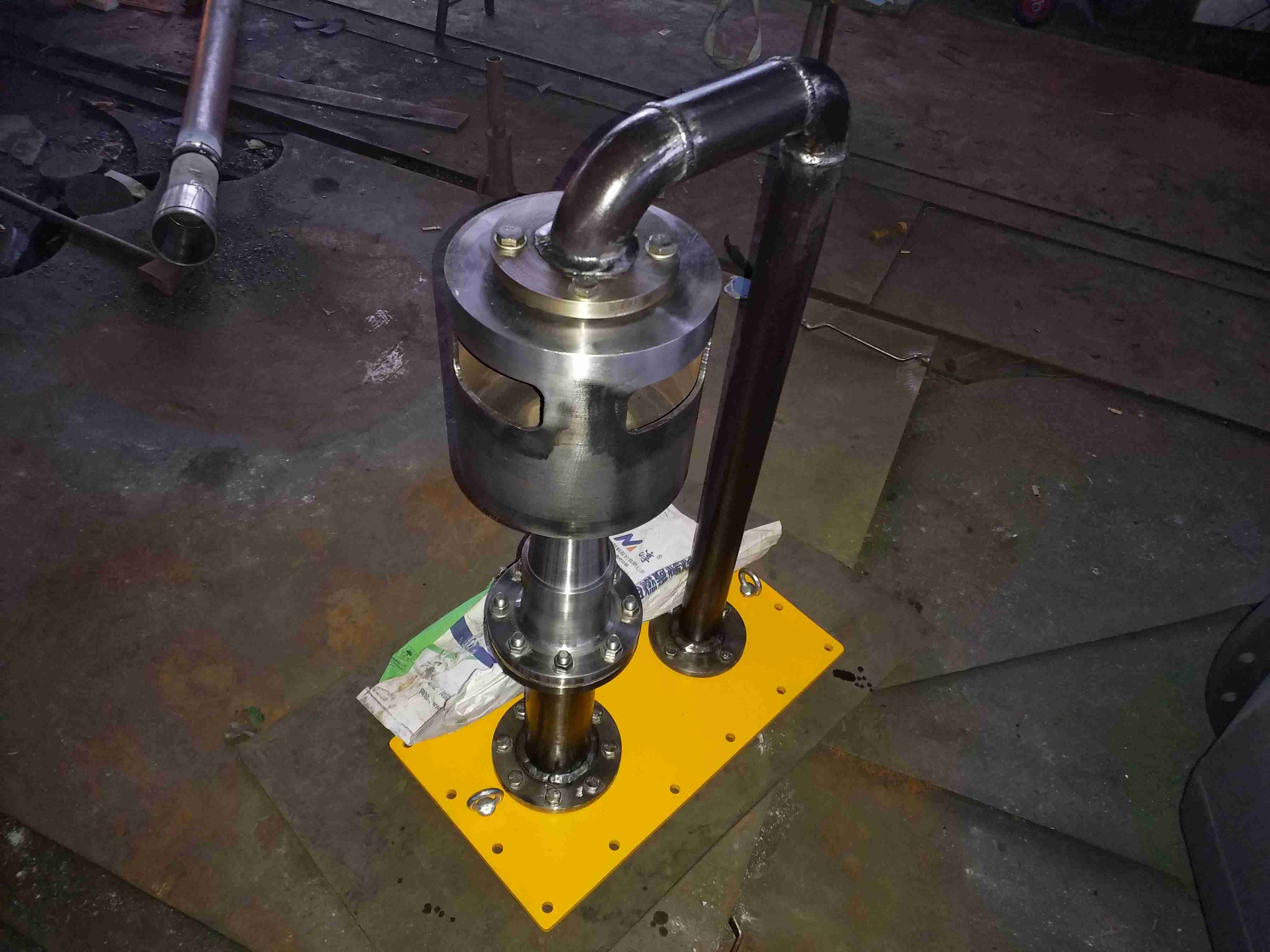Introduction to Copper Tube:
Our heat exchange tubes and copper tubes are mainly used for heat exchange tube coolers in tube plate equipment with tube bundles, such as oil coolers, condensers, coolers, heat exchangers, chillers, etc. Heat exchange tubes and copper tubes are divided into brass tubes, purple copper tubes, and white copper tubes. There are types of metal pipes, which are pressed and drawn seam pipes. Copper pipes have the advantages of good conductivity and thermal conductivity, and are the main pipes for cooling pipes and accessories of coolers, condensers, condensers, oil coolers, and chillers. They have become the choice of cooling pipes for modern power plants, food production plants, garbage incineration power plants, central air conditioning, and other cooler heat exchangers. Copper pipes have strong corrosion resistance, are not easily oxidized, and do not react chemically with some liquid substances, making them prone to bending and shaping. Copper pipes are pressed and drawn seam pipes. Copper tube - lightweight, thermal conductivity -, high low-temperature strength- Used for manufacturing heat exchange equipment (such as condensers, oil coolers, condensers, heat exchangers, etc.). Also used for oxygen production equipment - assembling low-temperature pipelines. Copper pipes with small diameters are used for conveying pressurized liquids (such as lubrication systems, hydraulic systems, etc.) and as pressure gauges for instruments.
Copper tube usage -:
1. Due to the easy processing and connection of copper pipes, they can save materials and total costs during installation, have high stability and reliability, and can save maintenance.
2. Copper is lightweight. For twisted threaded pipes with the same inner diameter, copper pipes do not require a thickness of black metal. When installed, the transportation cost of copper pipes is low, maintenance is easy, and space occupation is small.
3. Copper can change its shape. Because copper pipes can be bent and deformed, they can be made into elbows and joints, and smooth bending allows copper pipes to be bent at any angle.
4. Copper is easy to connect.
5. Copper is safe. No seepage, no combustion support, no gas generation, no corrosion.
Copper tube - high temperature, can be used in various environments. Compared to this, the shortcomings of many other pipes are more apparent, such as the galvanized steel pipes used in residential buildings in the past, which are prone to rusting and may cause problems such as yellowing of tap water and reduced water flow if used for a short period of time. Some materials also experience a rapid decrease in strength at high temperatures, which can pose safety hazards when used in hot water pipes. Copper can melt up to 1083 degrees Celsius, and the temperature of the hot water system is negligible for copper pipes.
The pressure capacity of copper pipes is several times or even tens of times that of plastic pipes and aluminum-plastic pipes, and they can withstand high water pressure in today's buildings. In hot water environments, with the extension of service life, the pressure bearing capacity of plastic pipes decreases, while the mechanical energy of copper pipes remains unchanged in all thermal temperature ranges, so their pressure bearing capacity will not decrease and there will be no chemical phenomenon.
The coefficient of expansion of copper pipes is very small, 1/10 of that of plastic pipes, and it will not cause stress fatigue fracture due to excessive thermal expansion and contraction.
The strength of copper pipes is high, while the outer diameter is small, suitable for concealed burial while maintaining the inner diameter requirements.
Copper tube warp - use
Copper has stable chemical properties, combining cold, heat, pressure, corrosion, and fire (copper can melt up to 1083 degrees Celsius), and can be used in different environments for a long time. The use of copper pipes - relatively long.
Copper pipes are safe and reliable
Copper pipes are a combination of metallic and non-metallic pipes. It is harder than plastic pipes and has the high strength of ordinary metals (the strength of cold drawn copper pipes is equivalent to that of steel pipes with the same wall thickness); It is easier to bend, more resilient, and has higher elongation than ordinary metals, and has good resistance to vibration, impact, and frost heave.
Copper pipes can withstand both cold and hot temperatures, with a wide range of applications from -196 ° C to 250 ° C, and can adapt to drastic temperature changes (- high temperature - low temperature - high temperature -). The usage performance will not decrease due to long-term use and drastic temperature changes, and there will be no chemical phenomenon. This is beyond the reach of ordinary pipes.
The coefficient of thermal expansion of copper pipes is very small, which is 1/10 of that of plastic pipes, and can resist fatigue. Excessive thermal expansion and contraction will not occur during temperature changes, leading to stress fatigue fracture.
These make the application of copper pipes in cold regions more promising. In severely cold areas, there is a large temperature difference between morning and evening, and ordinary pipes have a high coefficient of thermal expansion and low strength, making them prone to stress fatigue fracture caused by thermal expansion and contraction. Some claim to be non brittle at -20 degrees, but they cannot withstand working pressure and are used for a short period of time, without any practical significance. Although insulation measures can be taken, it is difficult to avoid low temperatures during transportation, storage, and installation. The performance of copper pipes is the same at -183 degrees and temperatures.
The deficiency of using copper tubes for cooling and heat exchange tubes:
The grid of copper pipes is relatively expensive. In the condenser and condenser, the grid of copper pipes is 4-5 times higher than that of stainless steel pipes, and the wall thickness of copper pipes in the condenser is generally 1.0 or above, while stainless steel pipes use wall thicknesses of 0.7 and 0.6, resulting in similar heat transfer efficiency. In the case of using water quality in the condenser, the copper pipe should be replaced after about 15 years. In the case of poor water quality, the copper pipe needs to be replaced every 10 years, while the stainless steel pipe needs to be replaced after about 10 years, and the pipe bundle may need to be replaced before 10 years. Nowadays, the basic condenser heat exchange tubes in power plants have been replaced with stainless steel tubes instead of copper tubes. The reason is that the condenser has a similar heat exchange effect between copper tubes and stainless steel tubes, and stainless steel tubes are relatively different from copper tubes in terms of quality. The condenser uses 6 to 10 years of replacement of stainless steel pipes, and stainless steel pipes have a significant proportion in terms of quality. The use of stainless steel pipes - a major flaw - is that cleaning the pipe bundles with acid or other liquids during maintenance of the condenser can cause corrosion of the stainless steel pipes. The basic reason for this situation is that the wall thickness of the stainless steel pipes is too thin, which leads to severe corrosion. The pipe bundles inside the condenser are basically scrapped, and the only solution is to replace all the pipe bundles with new stainless steel pipes.
